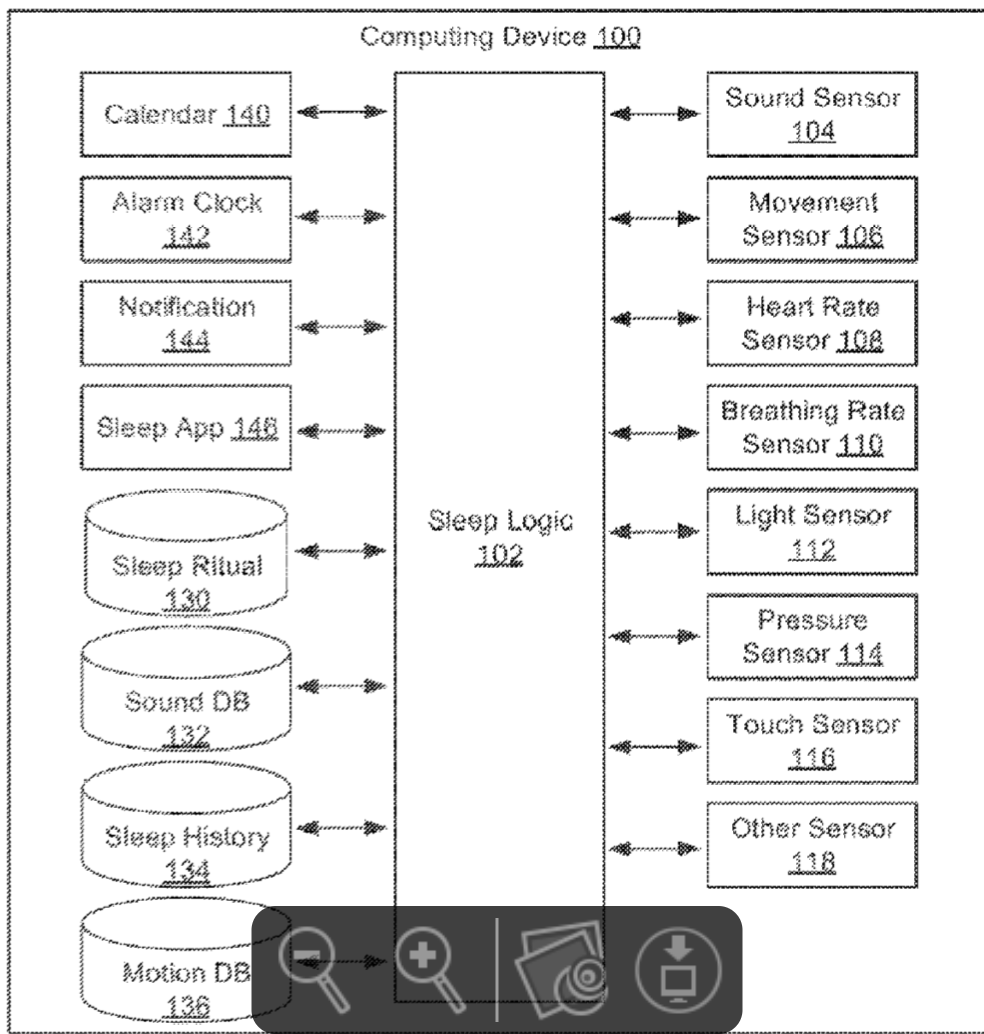Apple wants to help you get a better night’s sleep. The company has filed for a patent (number 20190104985) for “adjusting alarms based on sleep onset latency” It involves the iPhone, iPad, and Apple Watch — whichever ones you use for your alarm.
In the patent filing, Apple notes that often, when a person works, the person will set an alarm to wake them up at an appropriate time so that they can arrive at work on time. To get sufficient sleep, the person will go to bed at a time that allows for an appropriate amount of sleep.

However, most folks don’t fall asleep right away when they go to bed. So, even if the person goes to bed at an appropriate time to provide eight hours of sleep, the person often only ends up with seven or seven hours of sleep when the alarm goes off in the morning.
Apple’s invention would help ensure you get at least seven hours of sleep. However, it could also result in oversleeping — not good if you have to be at work or school on time.
Here’s Apple’s summary of the patent: “In some implementations, a mobile device can adjust an alarm setting based on the sleep onset latency duration detected for a user of the mobile device. For example, sleep onset latency can be the amount of time it takes for the user to fall asleep after the user attempts to go to sleep (e.g., goes to bed). The mobile device can determine when the user intends or attempts to go to sleep based on detected sleep ritual activities.
“Sleep ritual activities can include those activities a user performs in preparation for sleep. The mobile device can determine when the user is asleep based on detected sleep signals (e.g., biometric data, sounds, etc.). In some implementations, the mobile device can determine recurring patterns of long or short sleep onset latency and present suggestions that might help the user sleep better or feel more rested.”
Of course, Apple files for — and is granted — lots of patents by the U.S. Patent & Trademark Office. Many are for inventions that never see the light of day. However, you never can tell which ones will materialize in a real product.
